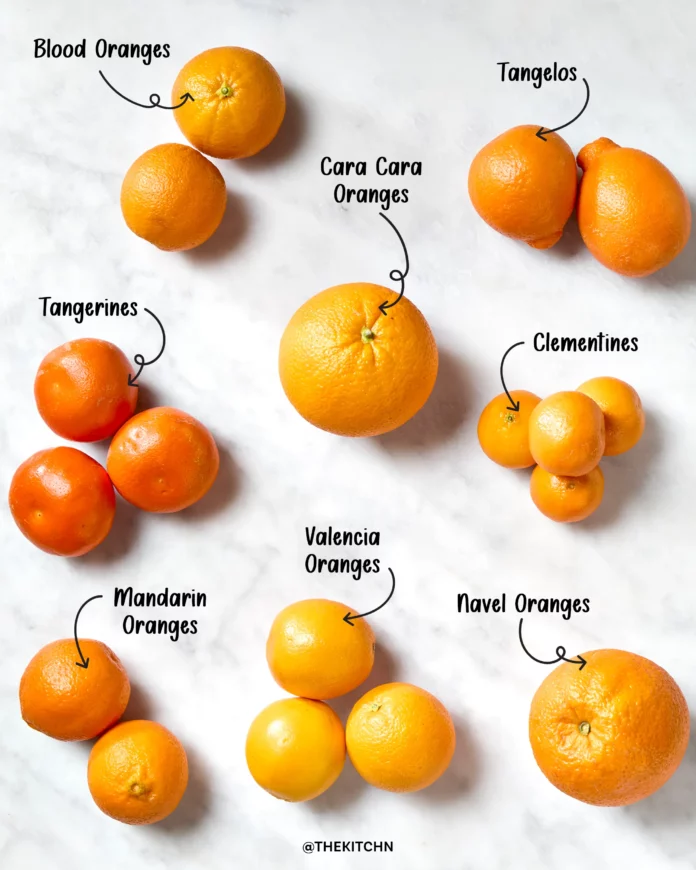Introduction
The orange supply chain is a critical component of the agricultural sector, affecting farmers, distributors, retailers, and consumers alike. Oranges, as one of the most popular fruits globally, face numerous challenges throughout their supply chain. This report identifies the top ten challenges faced by the orange supply chain and explores how companies successfully navigate these obstacles.
1. Weather Variability
Weather conditions significantly impact orange production and distribution. Variability in temperature, rainfall, and the incidence of extreme weather events such as hurricanes and droughts can severely affect crop yield.
Impact of Weather Variability
In the 2019 season, Florida experienced a drop in orange production by 20% due to unfavourable weather, impacting the supply chain and leading to increased prices.
Solutions
Companies are using advanced weather forecasting technologies and climate-resilient farming practices to mitigate these risks. Implementing precision agriculture techniques allows farmers to monitor soil conditions and weather patterns, thus optimizing yield.
2. Pest and Disease Management
Pests and diseases can devastate orange orchards, leading to substantial financial losses. Citrus greening disease, for instance, has been a significant threat to orange production in the United States.
Financial Impact
According to the USDA, citrus greening has cost the Florida citrus industry over $4.5 billion since its emergence.
Solutions
Integrated pest management (IPM) strategies, including biological control and genetically modified crops, offer effective solutions. Companies are investing in research to develop disease-resistant varieties, thereby ensuring a stable orange supply.
3. Supply Chain Logistics
Efficient logistics are vital for maintaining the freshness of oranges during transportation. The perishability of the product poses unique challenges in warehousing and distribution.
Volume and Cost
In 2021, the overall logistics cost for transporting oranges was estimated at $1.2 billion, accounting for about 10% of the total supply chain expenses.
Solutions
Utilizing cold chain logistics is essential to preserve the quality of oranges. Companies like Dole Food Company employ temperature-controlled transport systems to ensure that fruits remain fresh from farm to shelf.
4. Market Fluctuations
The orange market can be volatile, with prices influenced by factors such as consumer demand, global production levels, and competition from other citrus fruits.
Financial Analysis
In 2022, orange prices fluctuated between $10 and $14 per box, reflecting consumer demand and market competition.
Solutions
To mitigate market fluctuations, companies can adopt flexible pricing strategies and diversify their product offerings. For instance, companies like Sunkist Growers have expanded their product lines to include orange juice, dried orange products, and more.
5. Labor Shortages
Labor shortages in agriculture, particularly during the harvest season, can lead to delays and increased costs in the orange supply chain.
Impact on Production
In 2020, labor shortages led to a decrease in orange harvesting by approximately 15% in California, impacting overall supply and leading to increased prices.
Solutions
Companies are investing in automation and mechanization to reduce reliance on manual labor. Robotic harvesters are being developed to improve efficiency and lower production costs.
6. Regulatory Compliance
The orange supply chain is subject to various regulations, including food safety standards, environmental regulations, and trade policies which can complicate operations.
Cost of Compliance
The cost of regulatory compliance can account for up to 5% of total operational costs in the citrus industry.
Solutions
Companies are adopting technology-driven solutions to ensure compliance. Utilizing software for tracking and reporting can streamline regulatory processes and reduce the risk of non-compliance.
7. Global Competition
The global orange market is characterized by intense competition, not only from domestic producers but also from international suppliers.
Market Analysis
In 2021, Brazil and the United States together produced over 60% of the world’s oranges, leading to competitive pricing pressures.
Solutions
To combat global competition, companies are focusing on branding and marketing strategies. By promoting unique aspects of their products, such as organic certifications or local sourcing, they can differentiate themselves in the market.
8. Sustainability Concerns
As consumer awareness of environmental issues grows, sustainability has become a pressing concern within the orange supply chain.
Consumer Demand
A survey conducted in 2021 indicated that 75% of consumers prefer sustainably sourced products, including oranges.
Solutions
Companies are adopting sustainable practices such as organic farming, reducing pesticide usage, and implementing water conservation techniques. For example, the Florida Orange Growers Association promotes sustainable farming practices among its members.
9. Technology Integration
The adoption of technology in the orange supply chain is essential for improving efficiency but can also pose challenges in terms of implementation and training.
Financial Investment
In 2022, companies invested an estimated $300 million in agricultural technology to enhance the efficiency of their orange supply chains.
Solutions
Companies are offering training programs and workshops to help farmers and workers adapt to new technologies. Collaborations with tech firms can also facilitate the integration of innovative solutions like blockchain for traceability.
10. Consumer Preferences
Shifting consumer preferences, such as the trend towards health-conscious eating and preference for organic products, can impact the orange supply chain.
Market Trends
The organic orange market has seen a growth rate of 20% annually, reflecting changing consumer demands.
Solutions
To respond to these preferences, companies are expanding their organic offerings and enhancing marketing efforts. For example, brands like Simply Orange have successfully launched organic options to meet consumer demand.
Conclusion
The orange supply chain faces numerous challenges ranging from weather variability to changing consumer preferences. However, through innovation, strategic planning, and technology integration, companies can overcome these obstacles. By understanding these challenges and implementing effective solutions, stakeholders in the orange supply chain can ensure a more resilient and sustainable future.




